Gem Profile- Rutilated Quartz
Rutilated Quartz
This week I thought we'd try something a bit different. We're going to take a look at two different types of minerals with different chemical compositions, hardness and even form at different temperatures under different types of environments; yet they are often found together. When I say together, I mean literally; one growing within the other. So how does this happen? Science hasn't quite figured that one out yet, but they're working on it.
This week I thought we'd try something a bit different. We're going to take a look at two different types of minerals with different chemical compositions, hardness and even form at different temperatures under different types of environments; yet they are often found together. When I say together, I mean literally; one growing within the other. So how does this happen? Science hasn't quite figured that one out yet, but they're working on it.
What is Rutile?
The first mineral we're looking at is Rutile. From the profile last week, we learned the rutile creates chatoyancy within a stone and is responsible for the stars, or asterism, in stones as well. Rutile is composed of titanium dioxide which is a main component of refractory ceramics, titanium metal, and the bright white pigment used in plastics and other items that are bright white in color. Interestingly enough, it is also used in sunscreen due to its ability to absorb ultraviolet (UV) light. So, rutile has a base of titanium, but when associated with other minerals, can be different colors and create different effects within a stone. We will talk about golden rutile a little later in this post.
Synthetic rutile has been around since the late 1940's and has even been used as a diamond substitute called "Titania," but at only 6 on the Mohs scale, it's not as durable as a diamond and is not used much now in jewelry. Rutile, whether natural or synthetic is still a 6 on the Mohs scale and is found in various areas of the world generally associated with volcanic regions and quartz. Though rutile forms at lower temperatures and pressures than quartz, it's also found inside quartz crystal. When the rutile grows within quartz, it takes on the name; rutilated quartz.
Adrien De Ruyck created this lovely ring with a rectangular clear quartz with reddish brown and black rutiles.
The first mineral we're looking at is Rutile. From the profile last week, we learned the rutile creates chatoyancy within a stone and is responsible for the stars, or asterism, in stones as well. Rutile is composed of titanium dioxide which is a main component of refractory ceramics, titanium metal, and the bright white pigment used in plastics and other items that are bright white in color. Interestingly enough, it is also used in sunscreen due to its ability to absorb ultraviolet (UV) light. So, rutile has a base of titanium, but when associated with other minerals, can be different colors and create different effects within a stone. We will talk about golden rutile a little later in this post.
Synthetic rutile has been around since the late 1940's and has even been used as a diamond substitute called "Titania," but at only 6 on the Mohs scale, it's not as durable as a diamond and is not used much now in jewelry. Rutile, whether natural or synthetic is still a 6 on the Mohs scale and is found in various areas of the world generally associated with volcanic regions and quartz. Though rutile forms at lower temperatures and pressures than quartz, it's also found inside quartz crystal. When the rutile grows within quartz, it takes on the name; rutilated quartz.
Adrien De Ruyck created this lovely ring with a rectangular clear quartz with reddish brown and black rutiles.

About Quartz:
Quartz, one of the most common minerals on earth, is found on every continent and makes up 12% of the Earth's crust; it's a pretty common mineral. Quartz is created at high temperatures and pressure with varying inclusions giving us different types of quartz from clear to rose and smoky. One of the most beautiful types of included quartz is rutilated quartz. Rutilated quartz can be found in Australia, Brazil, Kazakhstan, Madagascar, Norway, Pakistan and the United States.
Golden rutilated quartz was first found in Brazil in the in the Serra da Mangabeira mountain range in the 1940's where miners were originally picking up pieces of clear quartz for optical uses. The included rutilated quartz was discarded, not being of much value in optical applications, and eventually, some of the material made its way to Bahia, Salvador where the gem dealers saw, well...a gem!
A beautiful piece of golden rutilated quartz.
Quartz, one of the most common minerals on earth, is found on every continent and makes up 12% of the Earth's crust; it's a pretty common mineral. Quartz is created at high temperatures and pressure with varying inclusions giving us different types of quartz from clear to rose and smoky. One of the most beautiful types of included quartz is rutilated quartz. Rutilated quartz can be found in Australia, Brazil, Kazakhstan, Madagascar, Norway, Pakistan and the United States.
Golden rutilated quartz was first found in Brazil in the in the Serra da Mangabeira mountain range in the 1940's where miners were originally picking up pieces of clear quartz for optical uses. The included rutilated quartz was discarded, not being of much value in optical applications, and eventually, some of the material made its way to Bahia, Salvador where the gem dealers saw, well...a gem!
A beautiful piece of golden rutilated quartz.

The rutilated quartz from this region has beautiful golden threads throughout the stone. This golden rutile is associated with hematite and grows in impressive thick strands within the quartz. Because golden rutile is also composed of titanium dioxide, it has high concentrations of hematite, while the rutile responsible for asterism is mostly asbestos. This type of rutile rarely forms stars within the stone, but instead gives us a beautiful long thin needles of color due to the orientation along the axis while the rutile is developing. Since quartz has a hardness of 7 and rutile is a 6, it can be difficult to cut and polish a rutilated stone without creating pits and cracks in the quartz.
Golden Rutilated Quartz Cab. Photo provided courtesy of Adrien De Ruyck
Golden Rutilated Quartz Cab. Photo provided courtesy of Adrien De Ruyck

Tying it all together!
Now, just how does rutile form within quartz? When quartz forms, it is at extremely high temperatures - pressures usually associated with volcanic activity. When lava degases it created bubbles or vugs and pegmatites which form large crystals at the end-stage of cooling. One of the theories is that quartz permeates a vug and then the rutile precipitates and grows within the stone as it cools. The other one is that as the quartz pegmatite is cooling, it develops microscopic cracks which allow the rutile to grow. Either way, the strands of rutile develop within the quartz giving us a beautiful color show of long thin needles within a clear stone, which is why rutilated quartz goes by the names Bahia Gold, Venus hairstone, and cupid's darts.
Lemon Quartz wrapped in gold filled and rose gold filled wire with Swarovski crystals and pearls. Created and photographed by Sherry Dusza
Now, just how does rutile form within quartz? When quartz forms, it is at extremely high temperatures - pressures usually associated with volcanic activity. When lava degases it created bubbles or vugs and pegmatites which form large crystals at the end-stage of cooling. One of the theories is that quartz permeates a vug and then the rutile precipitates and grows within the stone as it cools. The other one is that as the quartz pegmatite is cooling, it develops microscopic cracks which allow the rutile to grow. Either way, the strands of rutile develop within the quartz giving us a beautiful color show of long thin needles within a clear stone, which is why rutilated quartz goes by the names Bahia Gold, Venus hairstone, and cupid's darts.
Lemon Quartz wrapped in gold filled and rose gold filled wire with Swarovski crystals and pearls. Created and photographed by Sherry Dusza

At the time of this article we are carrying a variety of Designer Rutilated Cabochons in both Black Agate and Lapis. Please click here to see what we still have available!


Resources & Recommended Reading
On Mindat.com - Gemstone discussions about Rutilated Quartz
Wikipedia
A special thanks to Brian Charles Cook:
www.aromajewels.com
www.naturesgeometry.com
On Mindat.com - Gemstone discussions about Rutilated Quartz
Wikipedia
A special thanks to Brian Charles Cook:
www.aromajewels.com
www.naturesgeometry.com
Materials

Wire

Sterling Silver Chain w/Bezelled Golden Rutilated Quartz (12.5x13.3 to 17.5x18.5mm) - 1 Foot
C8-204U
- Lesson Quantity: 1.00 pieces
- Purchase Quantity: 1.00 each
- Price: $23.67
- Gold Club Price: $17.75

Cabochons - Designer
Tools

WireJewelry - Ultimate Wire-Pliers Jewelry Pliers with Case, Set of 5
G15-20
- G15-20
- Lesson Quantity: 1.00 pieces
- Purchase Quantity: 1.00 each
- Price: $170.72
- Gold Club Price: $128.04

Bench Tools
- Category: General Education
- Technique(s): General Education














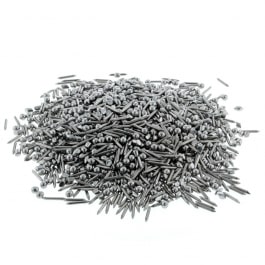







 About Jewelry Chain- About Ball Chain
About Jewelry Chain- About Ball Chain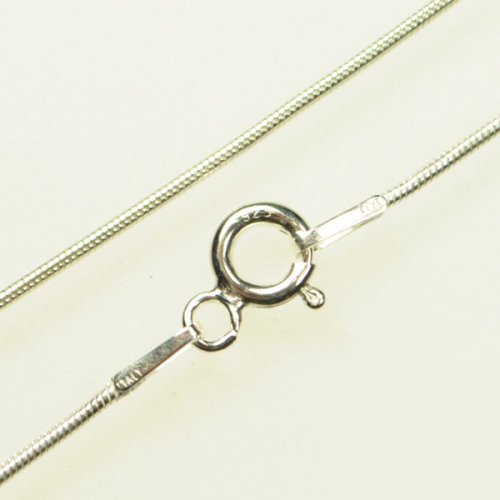 About Jewelry Chain- Snake Chain and Omega Chain
About Jewelry Chain- Snake Chain and Omega Chain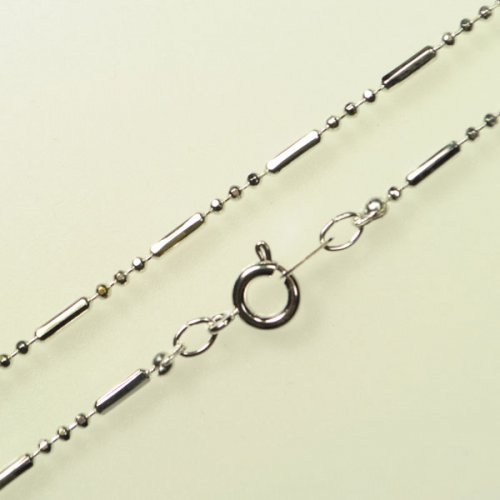 About Jewelry Chain- Bar Chain and Peanut Chain
About Jewelry Chain- Bar Chain and Peanut Chain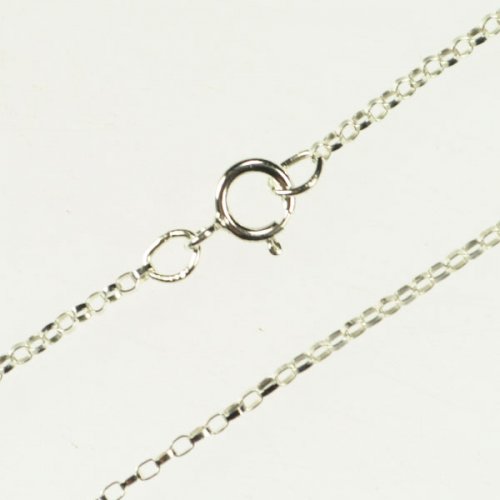 About Jewelry Chain - Cable Chain and Rolo Chain
About Jewelry Chain - Cable Chain and Rolo Chain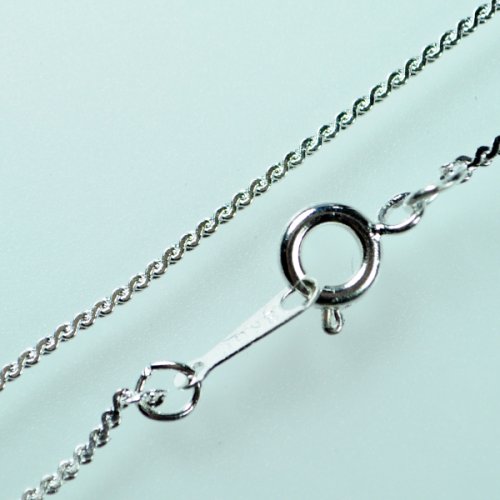 About Jewelry Chain- Curb Chain and Gourmette Chain
About Jewelry Chain- Curb Chain and Gourmette Chain About Jewelry Chain- Figaro Chain
About Jewelry Chain- Figaro Chain About Jewelry Chain- Infinity Chain and Anchor Chain
About Jewelry Chain- Infinity Chain and Anchor Chain About Jewelry Chain- Chain Reference Sheet
About Jewelry Chain- Chain Reference Sheet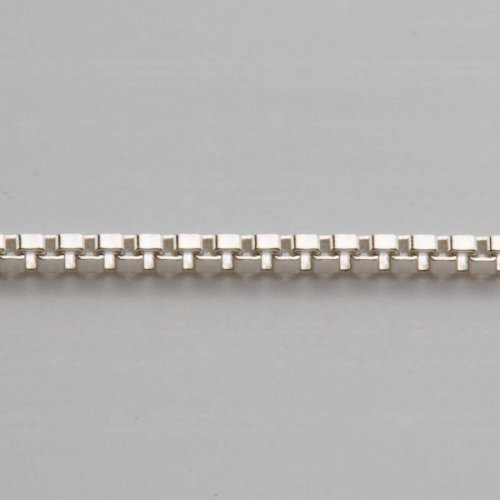 About Jewelry Chain- Venetian Chain and Box Chain
About Jewelry Chain- Venetian Chain and Box Chain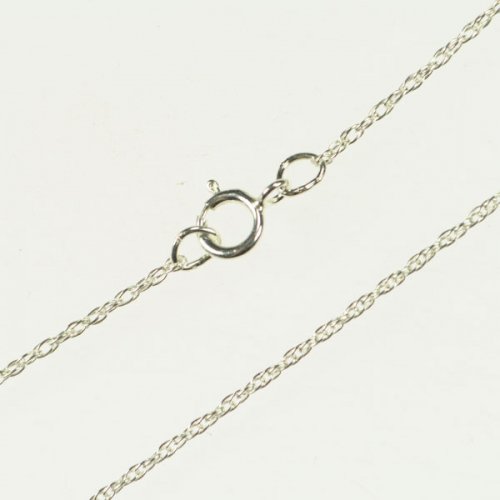 About Jewelry Chain- Wheat Chain and Rope Chain
About Jewelry Chain- Wheat Chain and Rope Chain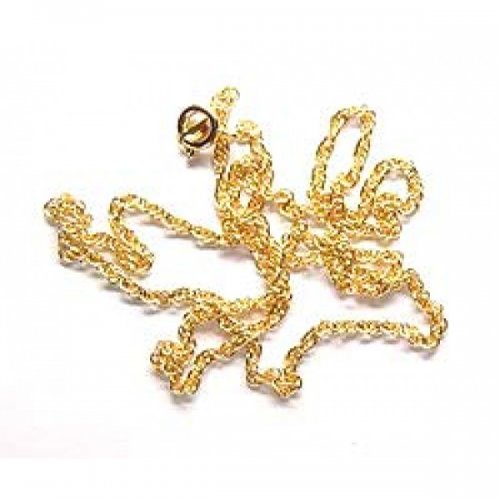 Introduction to Chain
Introduction to Chain Access More Money by Making Jewelry When Your Prices Are Right
Access More Money by Making Jewelry When Your Prices Are Right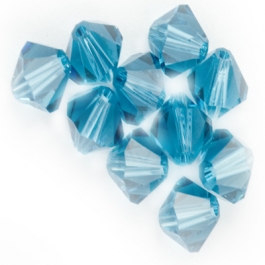 An Introduction to Beads and Beading
An Introduction to Beads and Beading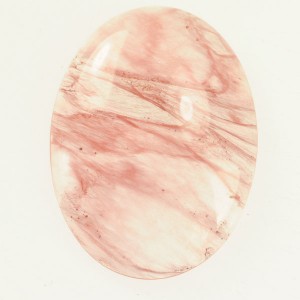 Common Gemstone Misconceptions
Common Gemstone Misconceptions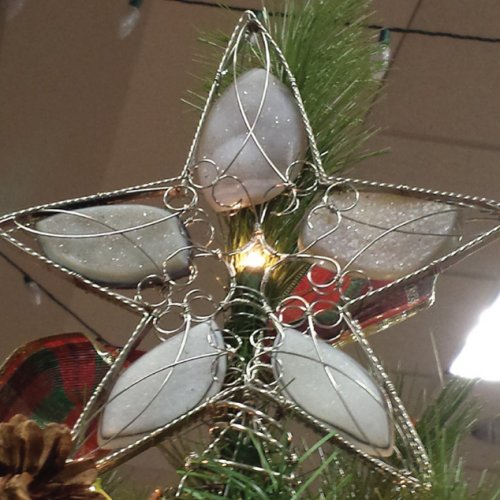 Wire Wrapped Christmas Tree
Wire Wrapped Christmas Tree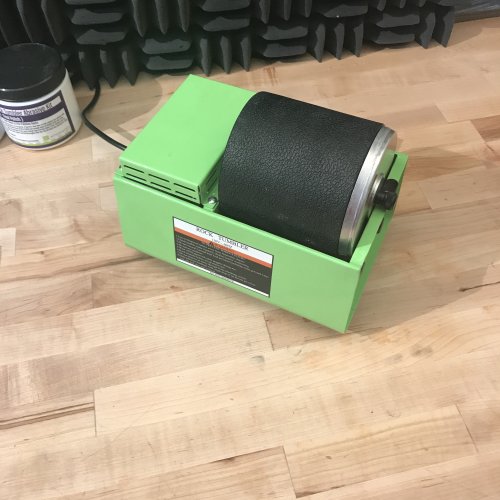 How To Polish Metal Jewelry using a Rotary Tumbler
How To Polish Metal Jewelry using a Rotary Tumbler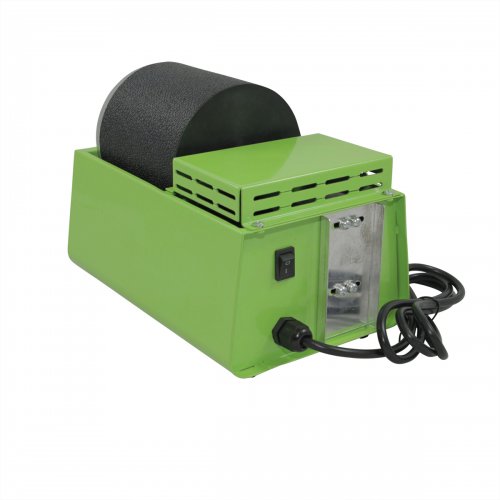 How To Polish Your Own Rocks using a Rotary Rock Tumbler
How To Polish Your Own Rocks using a Rotary Rock Tumbler How to Merchandise Your Jewelry on the Internet
How to Merchandise Your Jewelry on the Internet How to Use Twitter as a Wire Jewelry Artist
How to Use Twitter as a Wire Jewelry Artist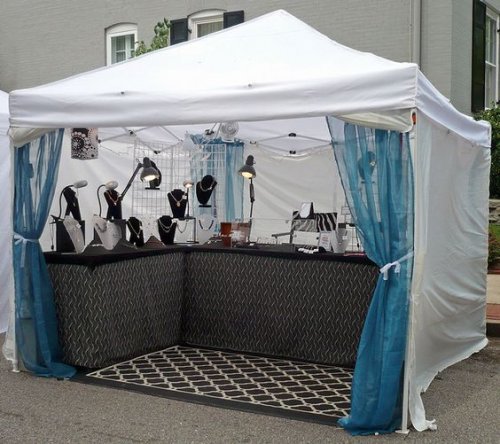 20 Ideas to get your Jewelry Biz Busy
20 Ideas to get your Jewelry Biz Busy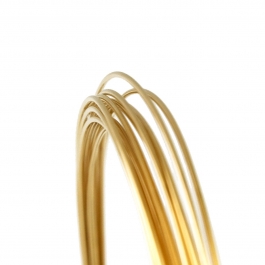 Watching the Precious Metals Market
Watching the Precious Metals Market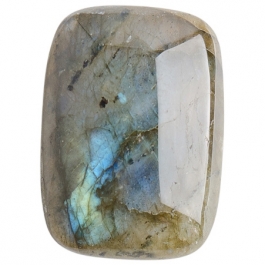 Jewelry Design Ideas - Get Inspired
Jewelry Design Ideas - Get Inspired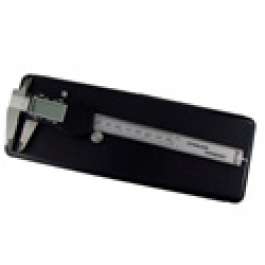 Measuring Tools
Measuring Tools July Birthstone - The Ruby
July Birthstone - The Ruby February Birthstone- Amethyst
February Birthstone- Amethyst March Birthstone - Aquamarine and Bloodstone
March Birthstone - Aquamarine and Bloodstone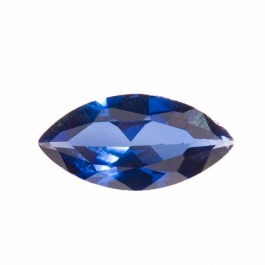 September Birthstone - Sapphire
September Birthstone - Sapphire November Birthstones - Topaz and Citrine
November Birthstones - Topaz and Citrine October Birthstones - Rose Zircon, Pink Tourmaline and Opal
October Birthstones - Rose Zircon, Pink Tourmaline and Opal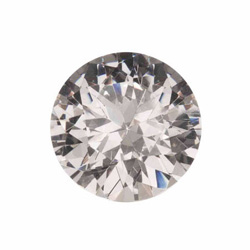 April Birthstone - The Diamond
April Birthstone - The Diamond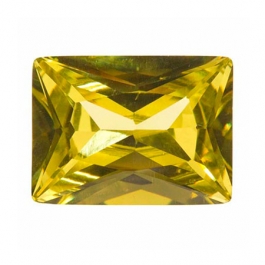 August Birthstone - Peridot and Sardonyx
August Birthstone - Peridot and Sardonyx June Birthstones - Alexandrite, Pearl and Moonstone
June Birthstones - Alexandrite, Pearl and Moonstone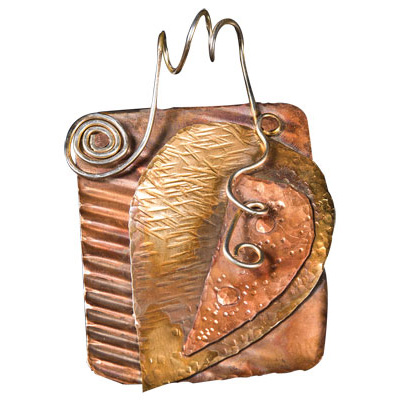 Metalsmithing
Metalsmithing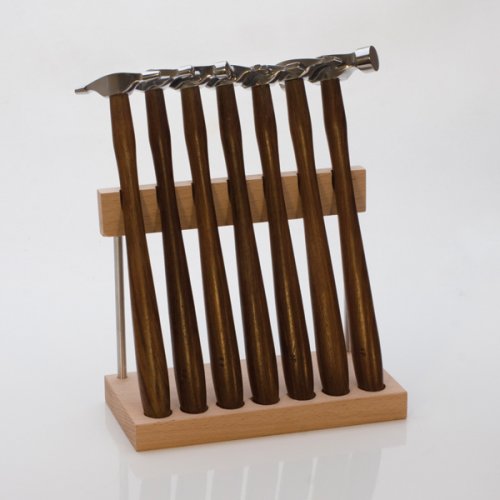 Featured Tool - Mini TruStrike Hammers
Featured Tool - Mini TruStrike Hammers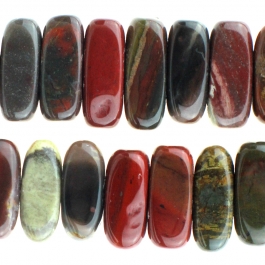 Natural Jasper Stones - Cabochon Gemstones
Natural Jasper Stones - Cabochon Gemstones Organize Your Jewelry Box
Organize Your Jewelry Box Pearls- It's a Cultural Thing
Pearls- It's a Cultural Thing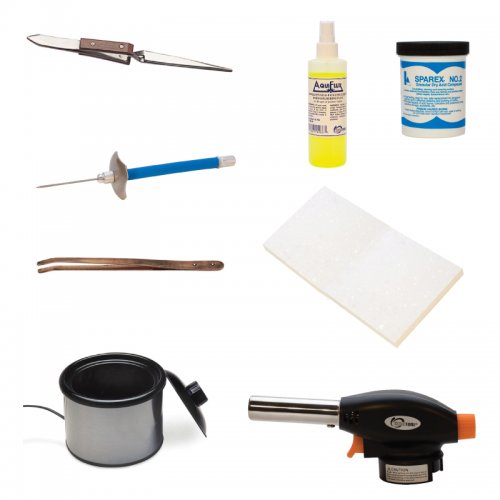 Soldering 101
Soldering 101 Starting Your Own Home Jewelry Business
Starting Your Own Home Jewelry Business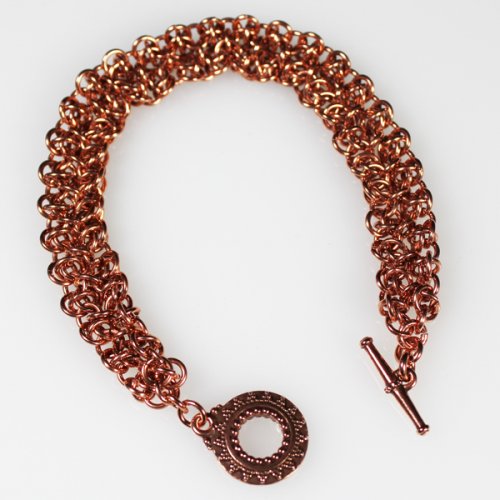 The Art of Creating Chainmail
The Art of Creating Chainmail Why Should I Be Using Facebook
Why Should I Be Using Facebook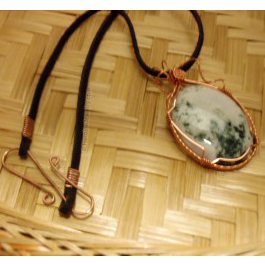 Make Handmade Neck Cords on a Dime
Make Handmade Neck Cords on a Dime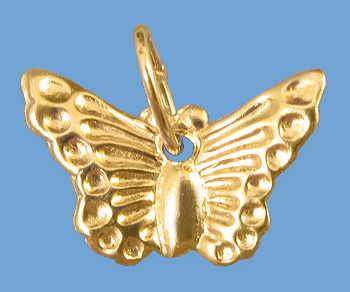 Tagging Handmade Jewelry Gifts
Tagging Handmade Jewelry Gifts Share Your Expertise with Your Community
Share Your Expertise with Your Community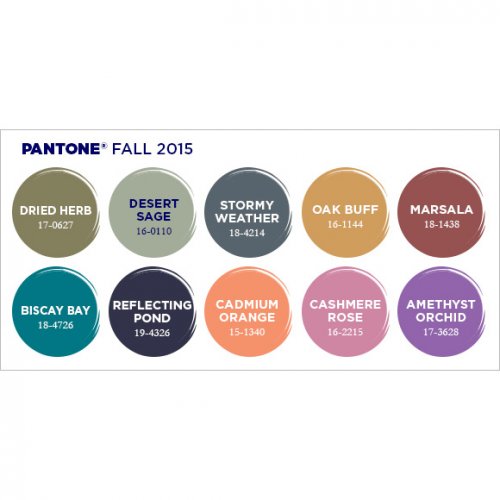 Creating Color Schemes for Jewelry Making
Creating Color Schemes for Jewelry Making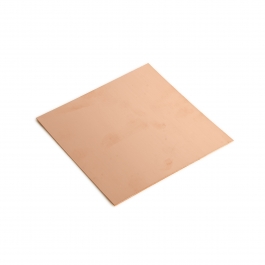 Bronze, Brass, Nickel Silver and Copper Base Metals
Bronze, Brass, Nickel Silver and Copper Base Metals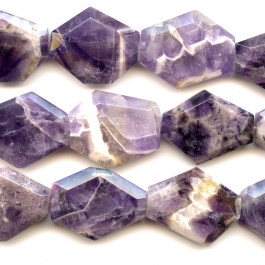 Gemstone Treatments
Gemstone Treatments How Wire is Made
How Wire is Made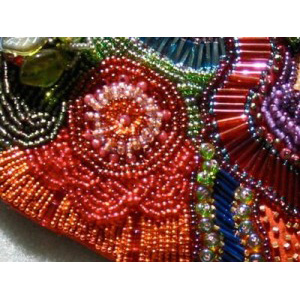 Beading A-B-C's
Beading A-B-C's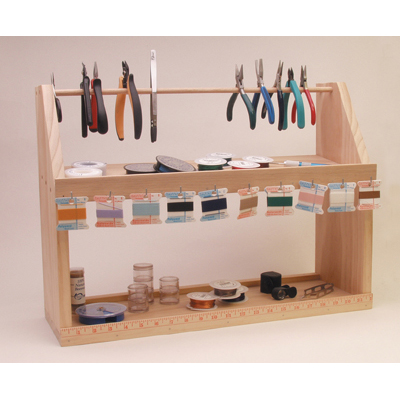 How to Set Up Your Workspace
How to Set Up Your Workspace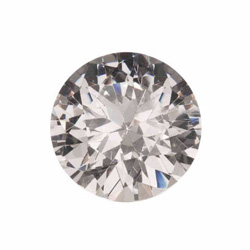 Gem Profile- Diamond
Gem Profile- Diamond Gem Profile- Peridot
Gem Profile- Peridot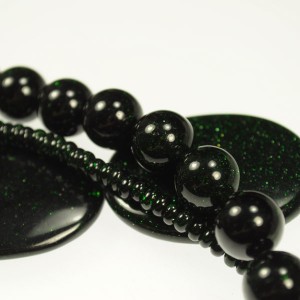 Gem Profile- Goldstone
Gem Profile- Goldstone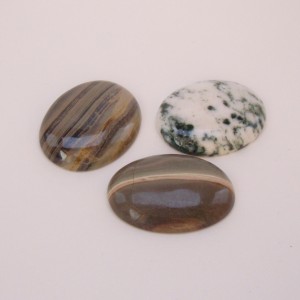 Gem Profile- Cryptocrystalline Quartz Introduction
Gem Profile- Cryptocrystalline Quartz Introduction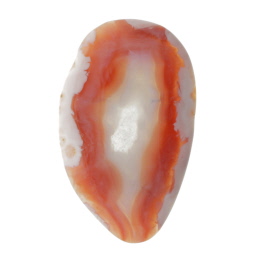 Gem Profile- Banded Agate and Brecciated Agate
Gem Profile- Banded Agate and Brecciated Agate Gem Profile- Emerald
Gem Profile- Emerald Gem Profile- Titanite or Sphene
Gem Profile- Titanite or Sphene Gem Profile- Morganite
Gem Profile- Morganite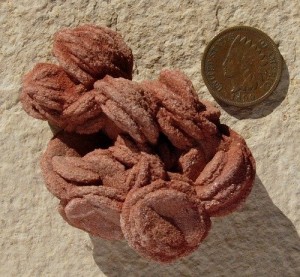 Gem Profile- Desert Rose
Gem Profile- Desert Rose Gem Profile- Iolite
Gem Profile- Iolite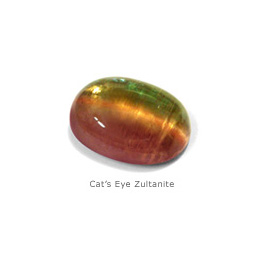 Gem Profile- Zultanite
Gem Profile- Zultanite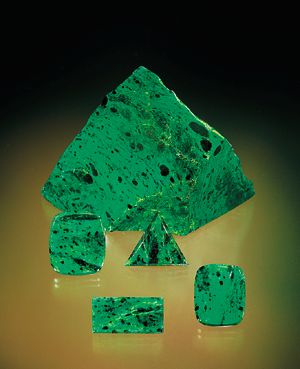 Gem Profile- Maw Sit Sit
Gem Profile- Maw Sit Sit Gem Profile- Tanzanite
Gem Profile- Tanzanite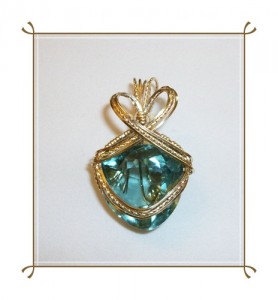 Gem Profile- Aquamarine
Gem Profile- Aquamarine Gem Profile- Turquoise
Gem Profile- Turquoise Gem Profile- Turquoise Types
Gem Profile- Turquoise Types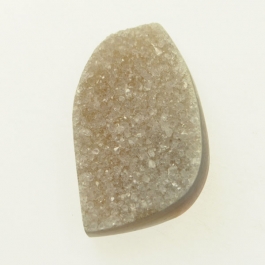 Gem Profile- What's Druze
Gem Profile- What's Druze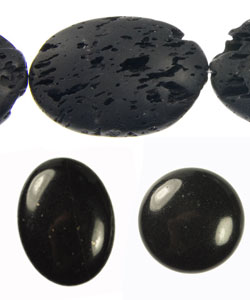 Gem Profile- Basalt
Gem Profile- Basalt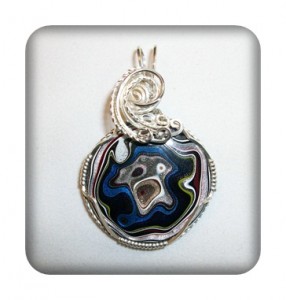 Gem Profile- Fordite
Gem Profile- Fordite Gem Profile- Variscite
Gem Profile- Variscite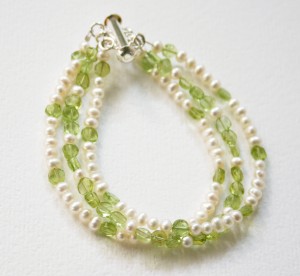 Gem Profile- Pearls
Gem Profile- Pearls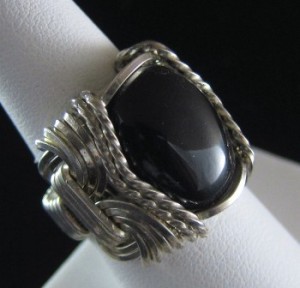 Gem Profile- Onyx
Gem Profile- Onyx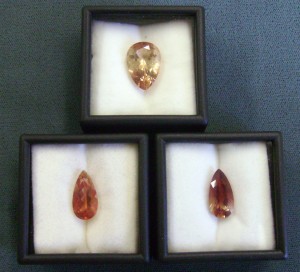 Gem Profile- Sunstone
Gem Profile- Sunstone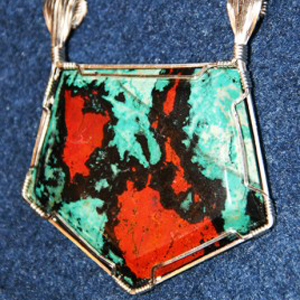 Gem Profile- Sonora Sunrise
Gem Profile- Sonora Sunrise Gem Profile- Rhodonite
Gem Profile- Rhodonite Gem Profile- Glass, Crystal and Quartz
Gem Profile- Glass, Crystal and Quartz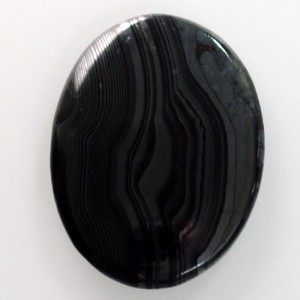 Gem Profile- Psilomelane
Gem Profile- Psilomelane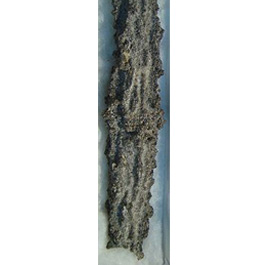 Gem Profile- Fulgurite
Gem Profile- Fulgurite Gem Profile- Cat's Eye
Gem Profile- Cat's Eye Gem Profile- Carnelian
Gem Profile- Carnelian Gem Profile- Petoskey Stones and Indonesian Fossil Coral
Gem Profile- Petoskey Stones and Indonesian Fossil Coral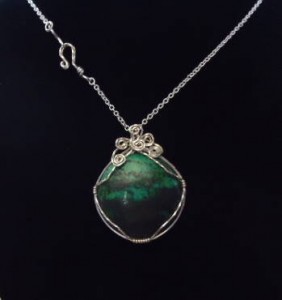 Gem Profile- Chrysocolla
Gem Profile- Chrysocolla Gem Profile- Jet
Gem Profile- Jet Gem Profile- Chrysoprase
Gem Profile- Chrysoprase Gem Profile- Rhyolite
Gem Profile- Rhyolite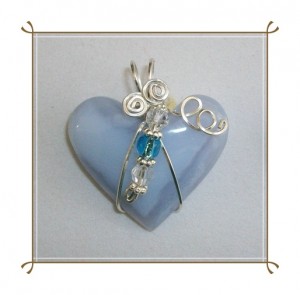 Gem Profile- Chalcedony
Gem Profile- Chalcedony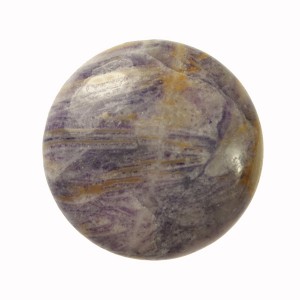 Gem Profile- Lepidolite and Sugilite
Gem Profile- Lepidolite and Sugilite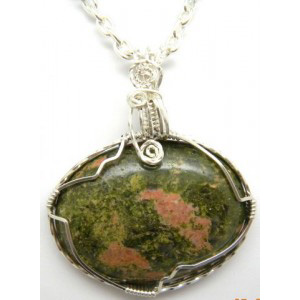 Gem Profile- Unakite
Gem Profile- Unakite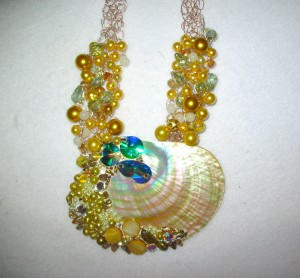 Gem Profile- Cowrie Shells, Conch Shells, and Drilling Shells
Gem Profile- Cowrie Shells, Conch Shells, and Drilling Shells Gem Profile- Mother of Pearl
Gem Profile- Mother of Pearl Gem Profile- Moss Agate and Plume Agate
Gem Profile- Moss Agate and Plume Agate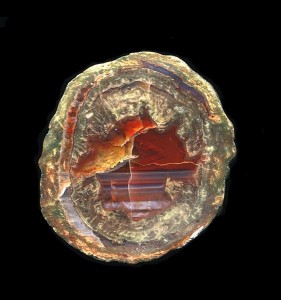 Gem Profile- Thundereggs and Mexican Lace Agate
Gem Profile- Thundereggs and Mexican Lace Agate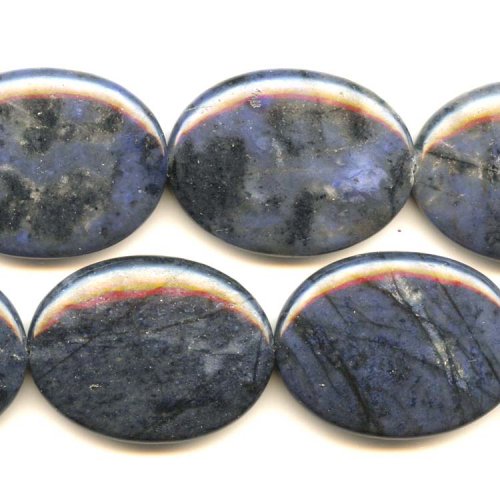 Gem Profile- Dumortierite
Gem Profile- Dumortierite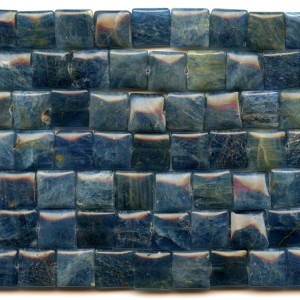 Gem Profile- Apatite
Gem Profile- Apatite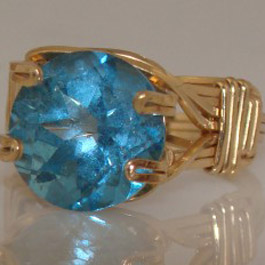 Gem Profile- Blue Topaz
Gem Profile- Blue Topaz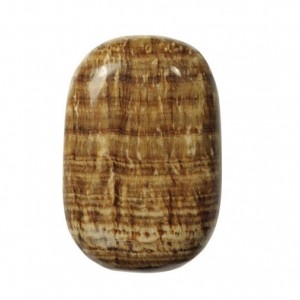 Gem Profile- Aragonite
Gem Profile- Aragonite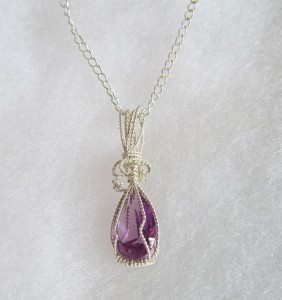 Gem Profile- Zircon and Cubic Zirconia
Gem Profile- Zircon and Cubic Zirconia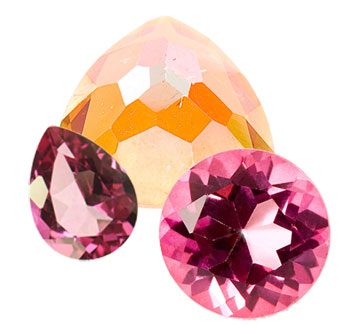 Gem Profile- Topaz
Gem Profile- Topaz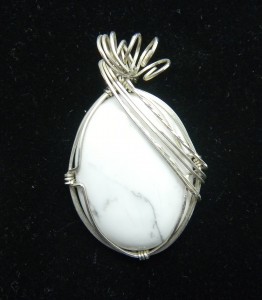 Gem Profile- Howlite
Gem Profile- Howlite Gem Profile- Sodalite
Gem Profile- Sodalite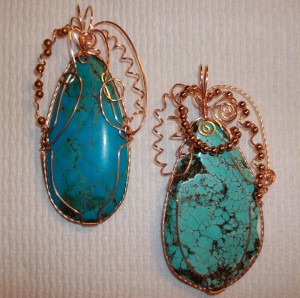 Gem Profile- Magnesite
Gem Profile- Magnesite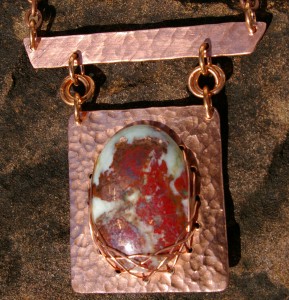 Gem Profile- Cuprite
Gem Profile- Cuprite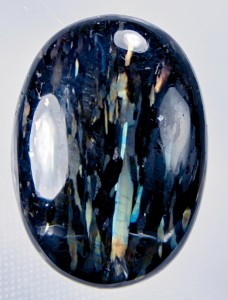 Gem Profile- Nuummite
Gem Profile- Nuummite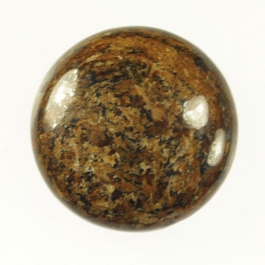 Gem Profile- Bronzite
Gem Profile- Bronzite Gem Profile- Kyanite
Gem Profile- Kyanite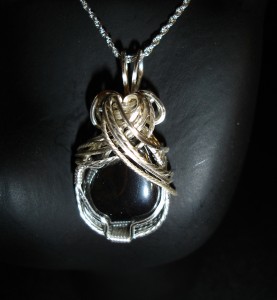 Gem Profile- Hematite
Gem Profile- Hematite Gem Profile- Derbyshire Blue John
Gem Profile- Derbyshire Blue John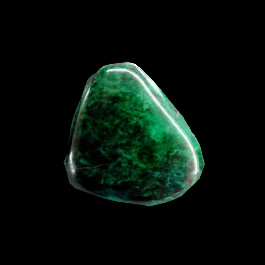 Gem Profile- Eilat Stone
Gem Profile- Eilat Stone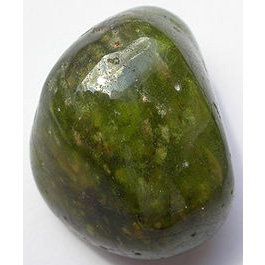 Gem Profile- Vesuvianite
Gem Profile- Vesuvianite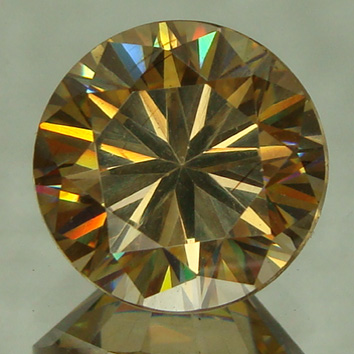 Gem Profile- Strontium Titanate -Fabulite
Gem Profile- Strontium Titanate -Fabulite Gem Profile- Tourmaline
Gem Profile- Tourmaline Gem Profile- Larimar
Gem Profile- Larimar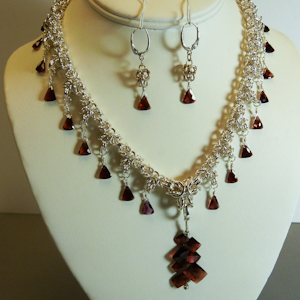 Gem Profile- Garnet
Gem Profile- Garnet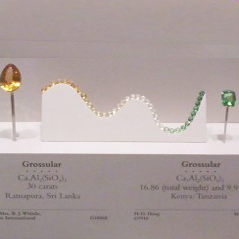 Gem Profile- Tsavorite and Green Garnets
Gem Profile- Tsavorite and Green Garnets Gem Profile- Seraphinite
Gem Profile- Seraphinite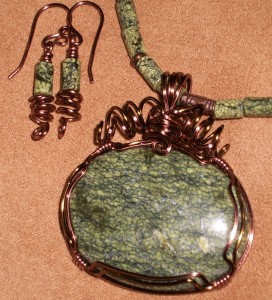 Gem Profile- Serpentine
Gem Profile- Serpentine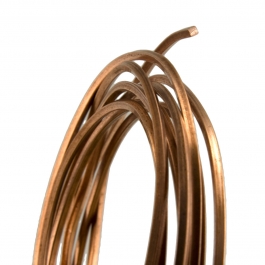 American Wire Gauge
American Wire Gauge Viking Knit and Spool Knit Chain
Viking Knit and Spool Knit Chain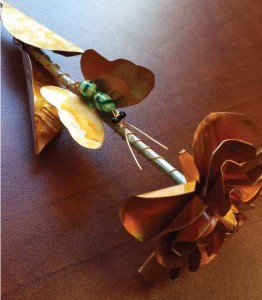 Copper Roses
Copper Roses How to Make Medical ID Bracelets Special
How to Make Medical ID Bracelets Special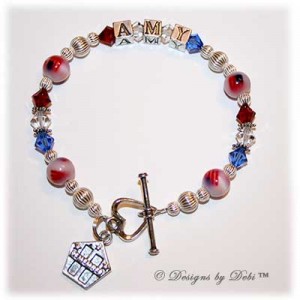 Remembering the Fallen
Remembering the Fallen 6 Ways to Find Your Uniqueness in Jewelry
6 Ways to Find Your Uniqueness in Jewelry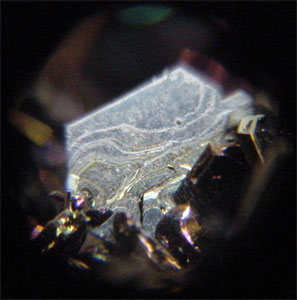 Gem Profile- Moissanite
Gem Profile- Moissanite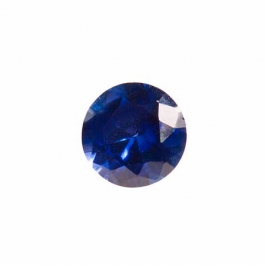 Birthstone Swarovski Colors
Birthstone Swarovski Colors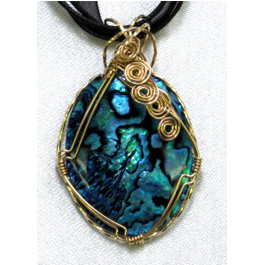 Gem profile- Paua and Abalone
Gem profile- Paua and Abalone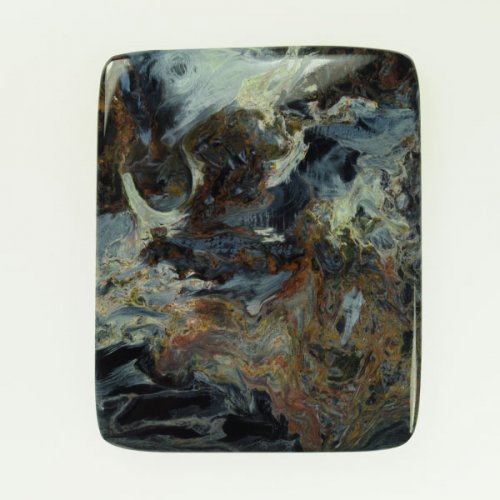 Tips for Tucson Shopping- Gem Show Secrets
Tips for Tucson Shopping- Gem Show Secrets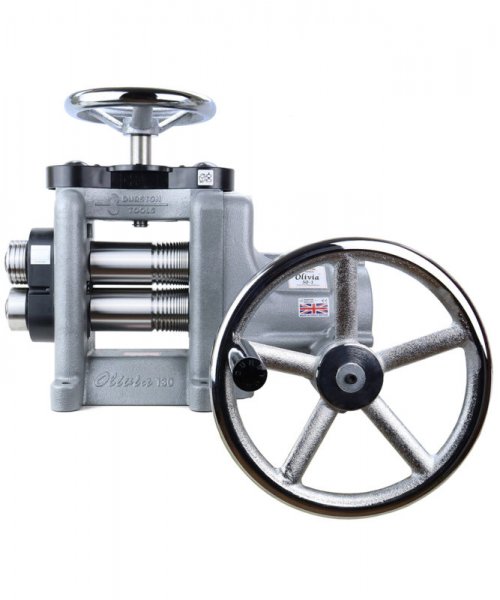 Durston Olivia Rolling Mills
Durston Olivia Rolling Mills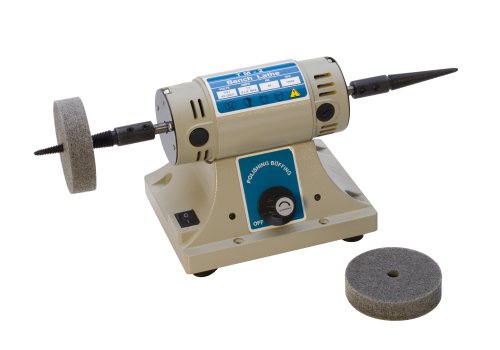 How to Use a Jewelry Bench Polisher Effectively
How to Use a Jewelry Bench Polisher Effectively 
